Lord Robert William Or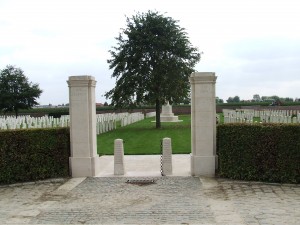 lando Manners, C.M.G., D.S.O.
lando Manners, C.M.G., D.S.O.
Last year while in France on holiday, I put aside a day for visiting a few CWGC cemeteries to photograph headstones of local men who fell in the Great War. While in the cemeteries, I also had a mooch around looking for men and or women who had unusual names or who had been awarded medals.
While mooching around one of the cemeteries I found such a headstone. I noticed it from a distance as there was more wording that usual on the greyish headstone, with just a tinge of green algae slightly hiding the wording below the simple cross.
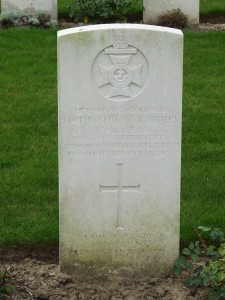
Lord Robert W O Manners copyright C Sklinar 2014
The headstone marks the final resting place of Lieutenant Colonel Lord Robert W O Manners, C.M.G., D.S.O. of the King’s Royal Rifle Corps, Commanding the th Northumberland Fusiliers.
Robert was the son of John James Robert Manners, 7th Duke of Rutland KG, GCB, PC and his second wife, Janetta Hughan. In 1871, the family were at Lees, 5 Royal Terrace, Folkestone – John J R Manners, head of the household was aged 52 and gave his occupation as Privy Councillor and M.P. Robert aged 1, was one of 4 children to Janetta. Also in the household were nine servants including a Housekeeper.
By 1881, Robert was now aged 11 and a student at
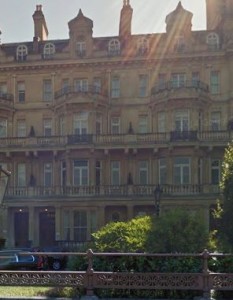
3 Cambridge Gate, London
Sandhurst Military Academy. while the rest of his family were recorded at 3 Cambridge Gate, London.
In the autumn/winter of 1902 Robert married Mildred Mary Riddell (the daughter of Revd., Charles P Buckworth and the widow of Major Henry Edward Riddell, who died on 16th March 1900 on active service. He has seen action in the Boer War and served in the King’s Royal Rifle Corps.,), in St Georges, Hanover Sq., Registration District. Robert and Mildred had a daughter, Elizabeth K J Manners, born in 1904 who married John Norman Pulteney Lascelles in 1934 and again St Georges, Hanover Sq., Registration District and the couple appear to have had one child, Rupert John Orlando Lascelles born in February of 1935.
Back to 1911 when Robert and Mildred have been married 7 years – Lord Robert Manners aged 4, Major in the Reserve of Officers, is in the home of his sister-in-law, Violet, the Duchess of Rutland, Belvoir Castle. Also in the census are the Ladies Diana and Marjorie Manners, daughters of the Duchess. Lady Robert Manners has had her name struck through – was she somewhere else on the night of the census? The Revd., Fred W Knox, Private Chaplain to Due of Rutland, Established Church. Captain H Lindsay, brother to the Duchess, was also an Officer in the army reserves. The Marquis of Granby (John Henry) a 2nd Lieutenant in the Leicestershire Territorials. Lord Windsor aged 22 was a 2nd Lieutenant in the Worcestershire Yeomanry. The Hon. Wilfred Egerton was living on private means. H Patrick Shaw-Stewart was noted as being a law student. Way down the list is Miss Betty Manners, remember her, Elizabeth K J Manners, the daughter of our Robert and Mildred. Finally, there are three visitors who were all born in the United States of America, namely, if I can read their entry – better still I will let you decide who they are! And if you can work it out please let me know.

During the next few years Robert continued with his political career, then in 1914 war was declared. As we know he served in the K.R.R.C. but was in command of a Northumberland Fusiliers regiment and in 1917 the regiment saw action in the battles of Messines, Menin Road, Polygon Wood and the Battles of Passchendaele but by the 11th of September 1917 he had been killed.

The Huts Cemetery, Dikkebus copyright C Sklinar 2014
Lord Robert William Orlando Manners, C.M.G., D.S.O., rests in the Huts Cemetery, Dikkebus with over 1080 other casualties.
The cemetery takes its name from huts that lined the road from Dikkebus to Brandhoek, which were used by field ambulances during the 1917 offensive. Nearly two-thirds of the burials are of gunners as many artillery positions existed nearby. The cemetery was closed in April 1918 when the German advance (the Battle of the Lys) brought the front line very close. The advance was finally halted on the eastern side of the village, following fierce fighting at Dickebusch Lake, on 8 May.
Extracted from the local paper :-
“MELTON AND THE WAR” – LORD ROBERT MANNERS KILLED IN ACTION. The Duke of Rutland received information on Saturday that his half brother, Lieutenant Colonel Lord Robert Manners, D.S.O., Northumberland Fusiliers, was killed in action in France the previous Tuesday. On Wednesday week, Sir Douglas Haig reported that Northumberland troops had extended their gains north-west of St. Quentin, and on the previous Sunday they had taken 600 yards of trench. Lord Robert Manners, who was born in 1870, was formerly in the King’s Royal Rifle Corps., and served in South Africa, being mentioned in despatches and gaining the D.S.O. He was the youngest son of the late Duke of Rutland (who was so well known as Lord John Manners) by his second wife. He married in 1902 Mrs Buchanan-Riddell, widow of Major Henry Buchanan-Riddell, and leaves one daughter aged 14. Deceased lived at Red House, Knipton and was well known throughout Leicestershire, particularly in the Vale of Belvoir. For several seasons he officiated as Field Master of the Duke of Rutland’s hounds, and when Sir Gilbert Greenall resigned in 1912 he accepted the joint Mastership with Major T. Bouch, retiring in 1915 owing to his military duties. Deceased took a keen interest in hunting, and was very popular with the farmers. His loss will be very widely mourned, and the deepest sympathy will be extended to the bereaved widow and daughter. Lord Robert Manners was awarded the C.M.G. in the New Year honours for the Navy and Army, and he was reported wounded on July 23rd last. On Friday October 5th 1917 The Melton Mowbray Times & Vale of Belvoir Gazette published the following article under the heading. “MELTON AND THE WAR” – THE LATE LORD R. MANNERS. The Duke and Duchess of Rutland and other ladies of the family, Lord Cecil Manners, the Marquis of Granby, the Belvoir huntsmen and whips (in their scarlet coats). Mr C. J. Phillips, one of the deputy masters, and many others attended a service in the private chapel at Belvoir Castle on Saturday in memory of Lieut. Colonel Lord Robert Manners, M.F.H. (Northumberland Fusiliers), who was killed in action on September 11th. On Friday October 12th 1917 The Melton Mowbray Times & Vale of Belvoir Gazette published the following article under the heading. “LATE LORD ROBERT MANNERS” – MEMORIAL SERVICE. A service was held yesterday week at St. Peter’s Church, Eaton Square, London, in memory of the late Lieut. Col. Lord Robert Manners, major of the King’s Royal Rifles, commanding a battalion of the Northumberland Fusiliers, who was recently killed in action. The vicar officiated, with the assistance of the Rev. F. W. Knox, chaplain to the Duke of Rutland, and other clergy. The hymns were “For all the Saints,” “O love that wilt not let me go,” and “Fight the good fight.” The service concluded with the National Anthem, the “Last Post” sounded by buglers of the 60th Rifles, and the Dead March in “Saul.” Among those who attended the service were the widow and brother of the late officer (Lady Robert Manners and the Duke of Rutland), Viscount Sandhurst (Lord Chamberlain to the King), Major Reginald Seymour (Equerry to his Majesty), the Hon. Sir Arthur Walsh (the King’s Master of Ceremonies), Lord and Lady Manners, Lady Clementine Walsh, a deputation of non commissioned officers and riflemen from the King’s Royal Rifles and the 60th Rifles (this deputation came specially from their depot), a deputation of officers from Lord Robert’s old regiment, the 3rd Leicester’s, Colonel Viscount Hardinge, the Dowager Lady Jersey, Lady Jekyll, The Dowager Marchioness of Bristol, Lady Mary Hervey, Lady Augustus Hervey, Lord Cecil Manners, Colonel Gretton, Lord Leopold Mountbatten, Captain Liddel (representing Prince and Princess Christian), Captain Atkinson Clark (representing Major General the Earl of Scarborough), Lord Fairfax, Sir Philip Burne-Jones, Miss Viola Tree, Lady Tree, the Marquis of Granby, Miss Cicely Manners, Brigadier General Page Croft M.P., and many other members of the family, military officers, and personal friends of the Late Lord Roberts. He is commemorated on a private brass engraved memorial plaque inside the Parish Church.
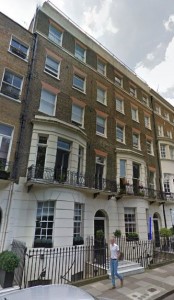
59 Montagu Square
On the 23rd of May 1918 Probate was granted. MANNERS Robert William Orlando commonly called Lord Robert Manners of 59 Montague Square, Middlesex died 11 September 1917 in France Probate London to George Henry Drummond banker. Effects £18202 8s 10d.
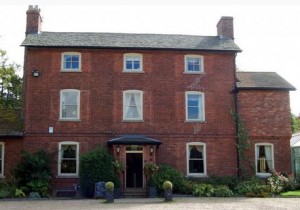
The Red House, Knipton
In 1934 Mildred died and her Probate reads – Manners Lady Mildred Mary otherwise Lady Robert of The Red House, Knipton near Grantham, Lincolnshire widow died 19 January 1934 at 9 West Eaton Place Westminster Middlesex.
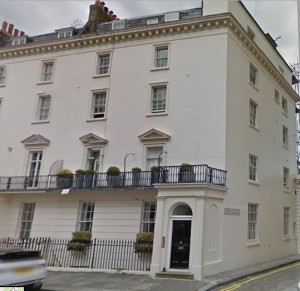
9 West Eaton Place
Probate London 7 April to Royal Exchange Assurance. Effects £6886 13s 3d Resworn £6474 18s 5d. Resworn £6483 11s 10d.
Lord Manners is remembered on the war memorial in the chapel at Belvoir Castle, also on the Houses of Parliament memorial.
In the Chapel of Belvoir Castle are the following memorials to Robert
TO THE MEMORY OF LT COL LORD ROBERT MANNERS CMG DSO MAJOR, KINGS ROYAL RIFLES COMMANDING 10TH BATTALION NORTHUMBERLAND FUSILIERS WHO WAS KILLED IN ACTION IN FRANCE ON 11TH SEPTEMBER, 1917 THIS TABLET IS HERE PLACED
BY HIS SORROWING BROTHER RUTLAND IN REMEMBRANCE OF A VERY GALLANT SOLDIER AND A GREAT GENTLEMAN
TO LIEUT COLONEL LORD ROBERT MANNERS CMG DSO
KINGS ROYAL RIFLES COMMANDING 10TH NORTHUMBERLAND FUSILIERS.
KILLED IN ACTION SEPTEMBER 11 1917.
ERECTED IN PROUD & LOVING MEMORY BY HIS BROTHER OFFICERS OF THE 10TH NORTH FUSILIERS
Sources – Ancestry, CWGC, The Gazette, Forces War Records,
Home
Like this:
Like Loading...
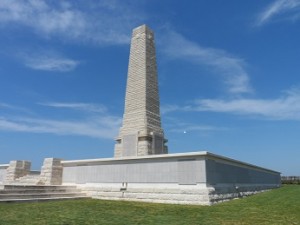
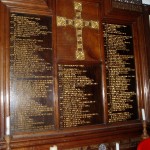
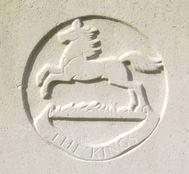
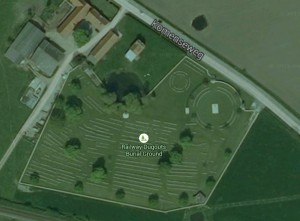
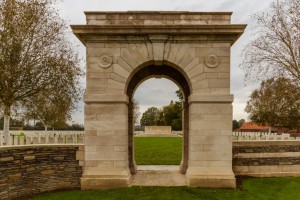
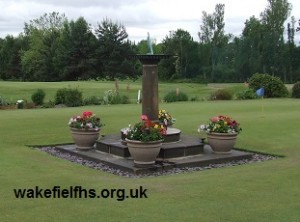
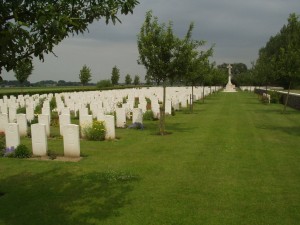
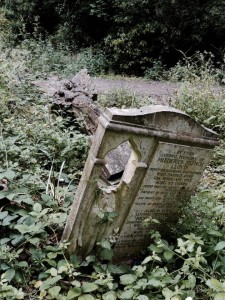
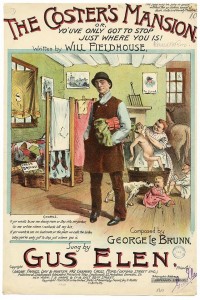

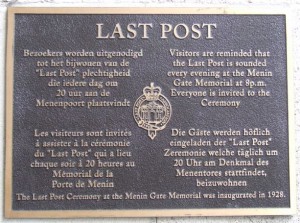
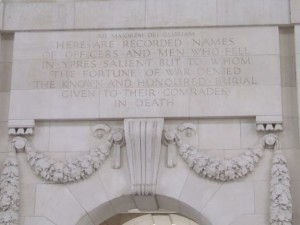
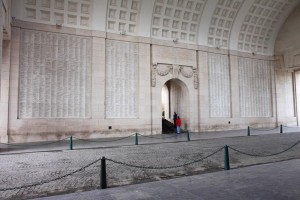
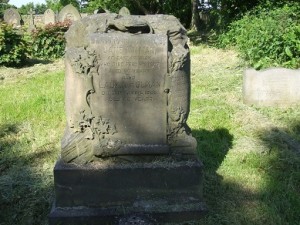
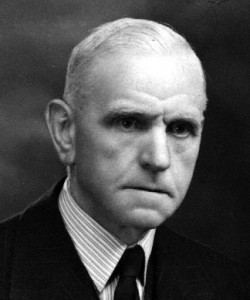
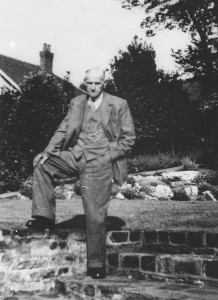
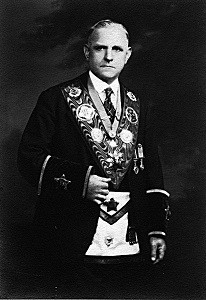
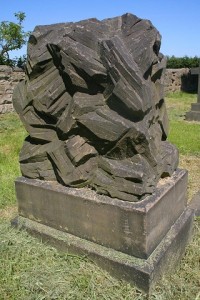
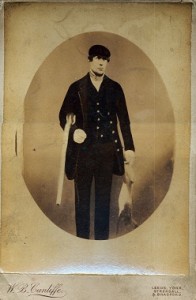

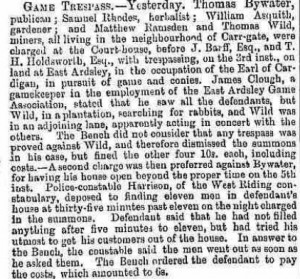
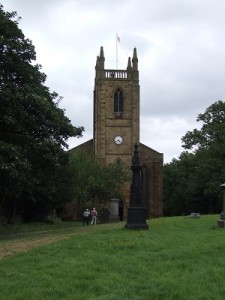
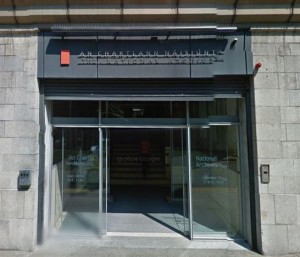
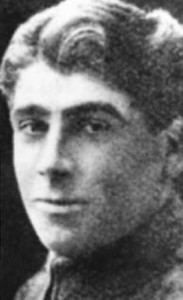
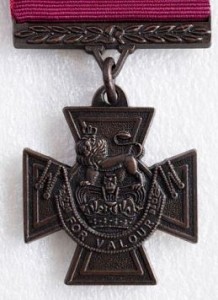
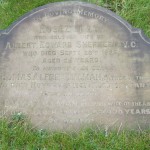
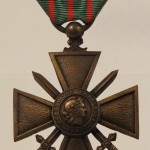
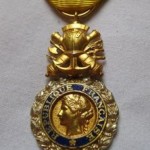
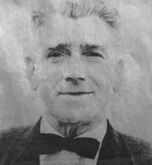
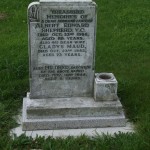
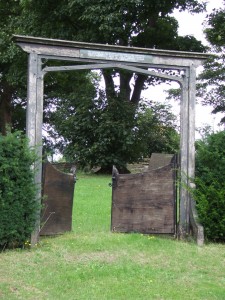
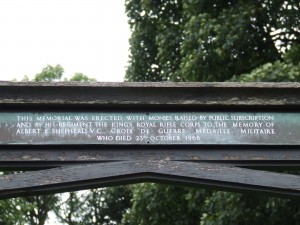
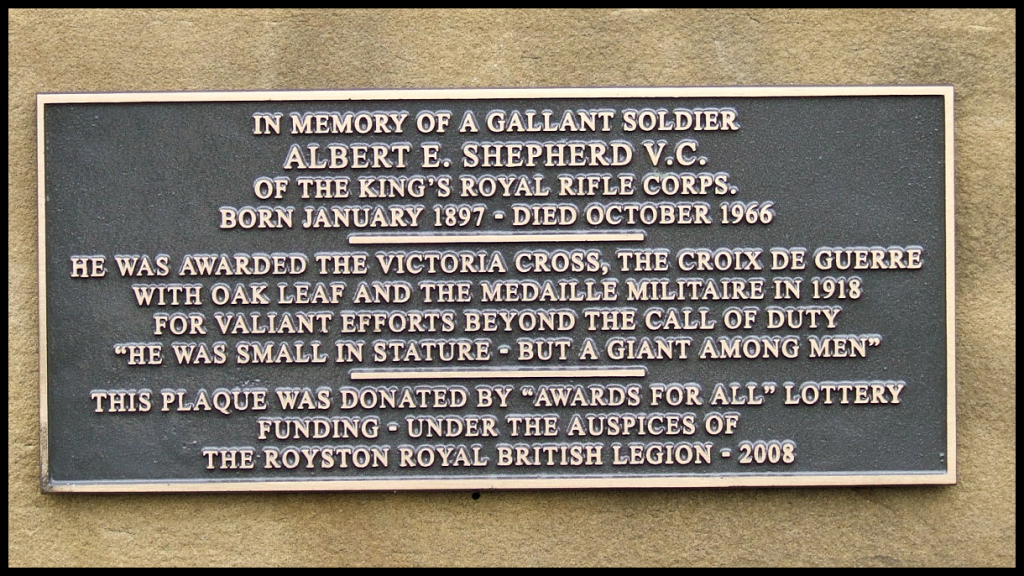
 lando Manners, C.M.G., D.S.O.
lando Manners, C.M.G., D.S.O.




